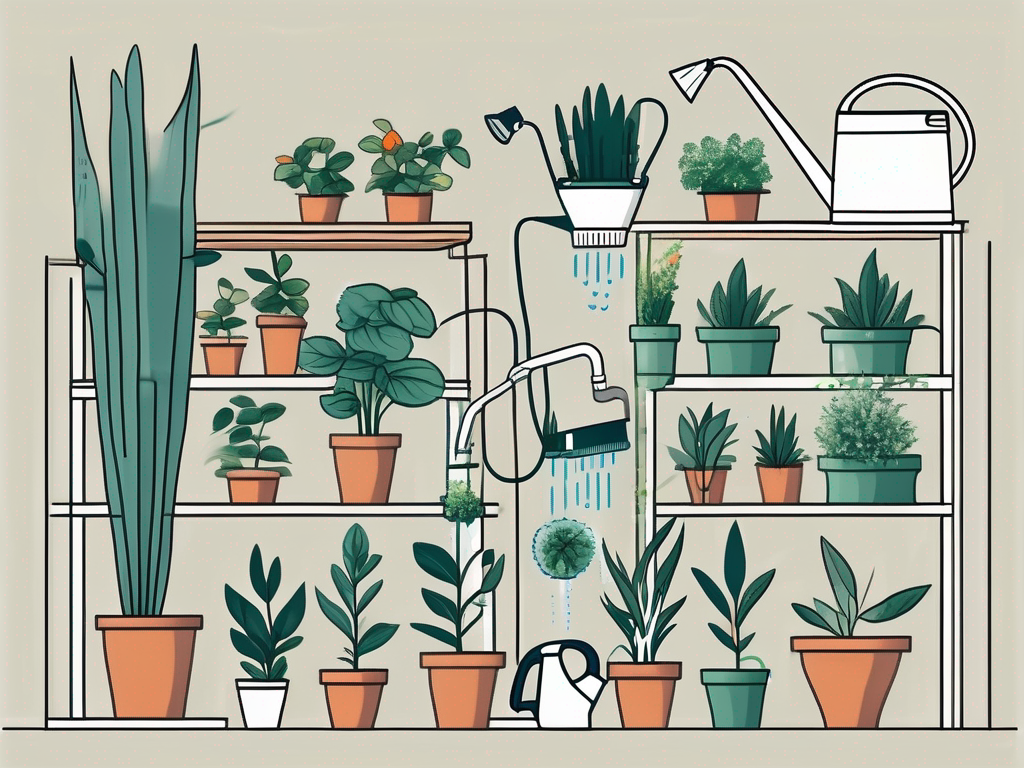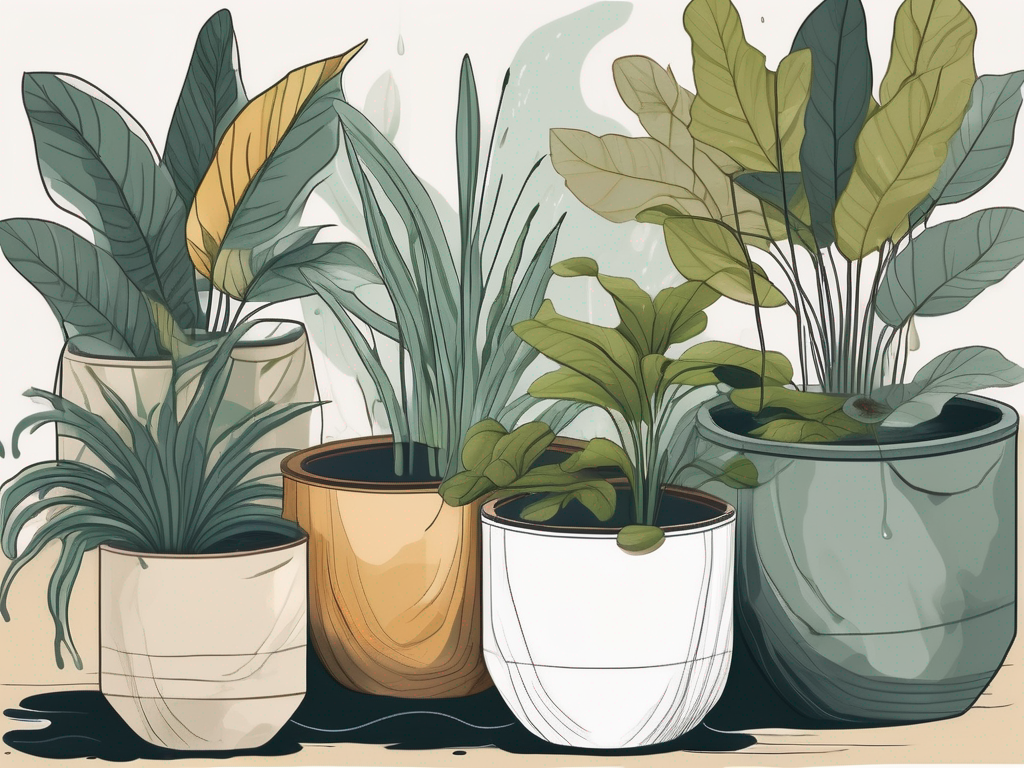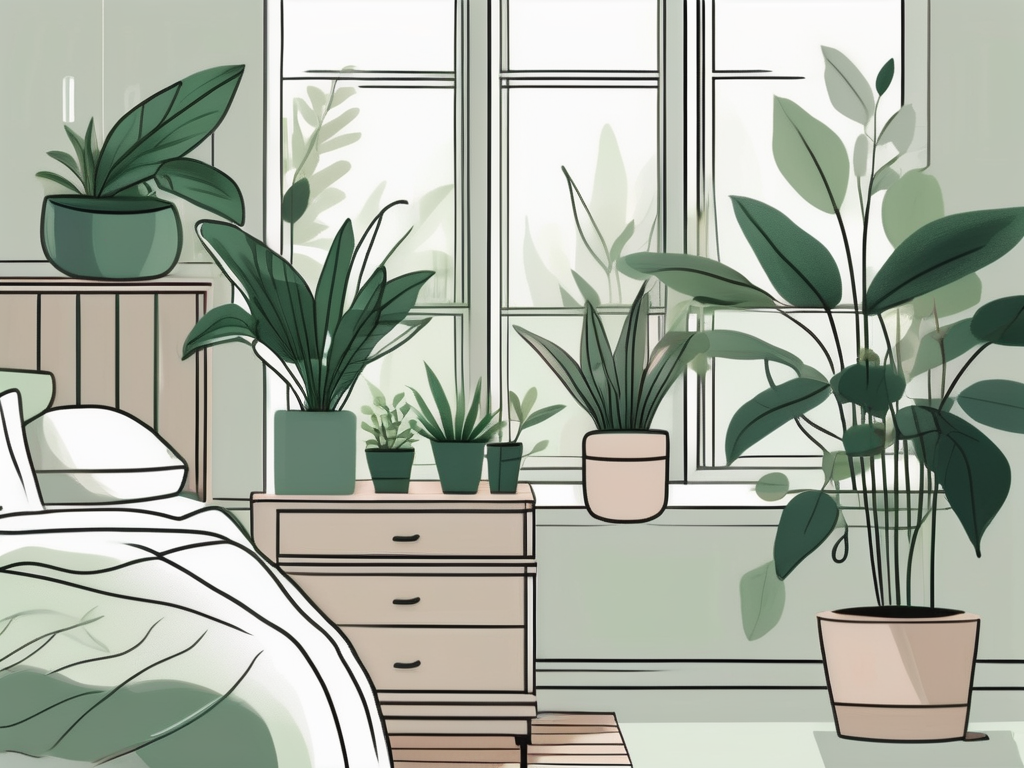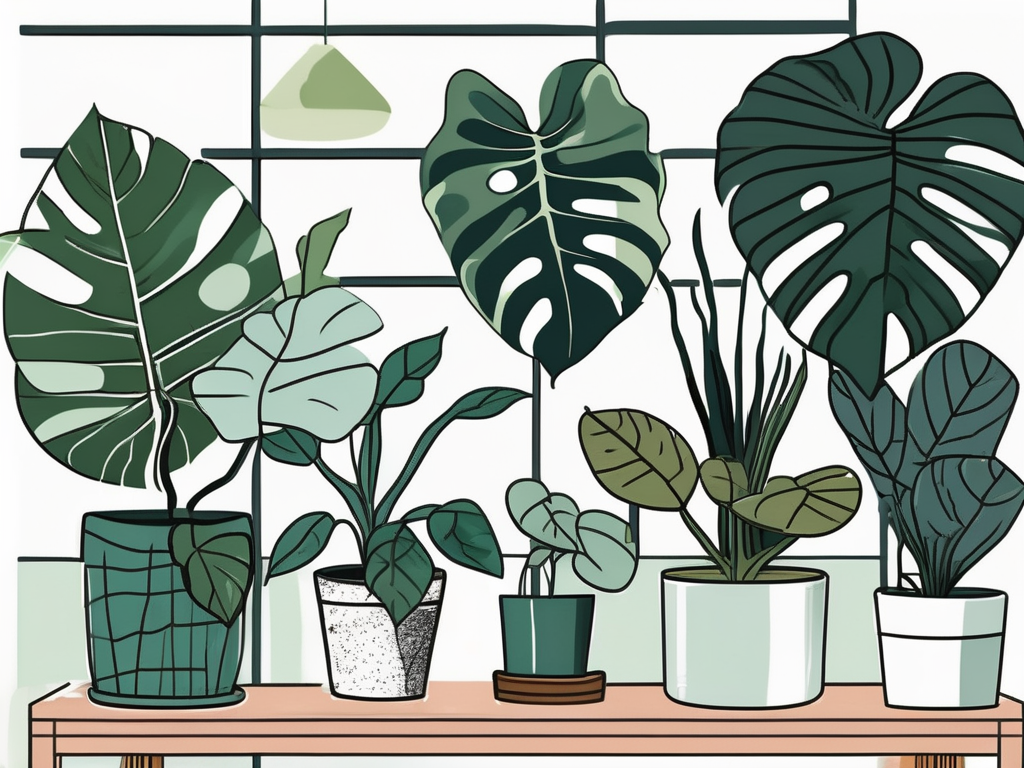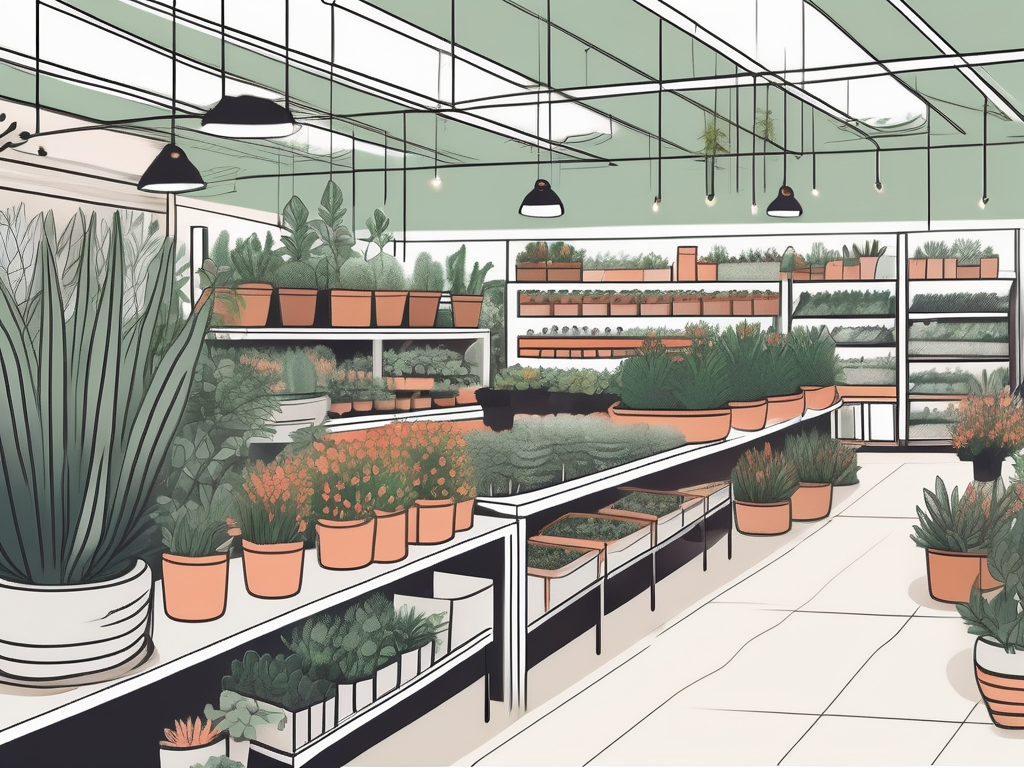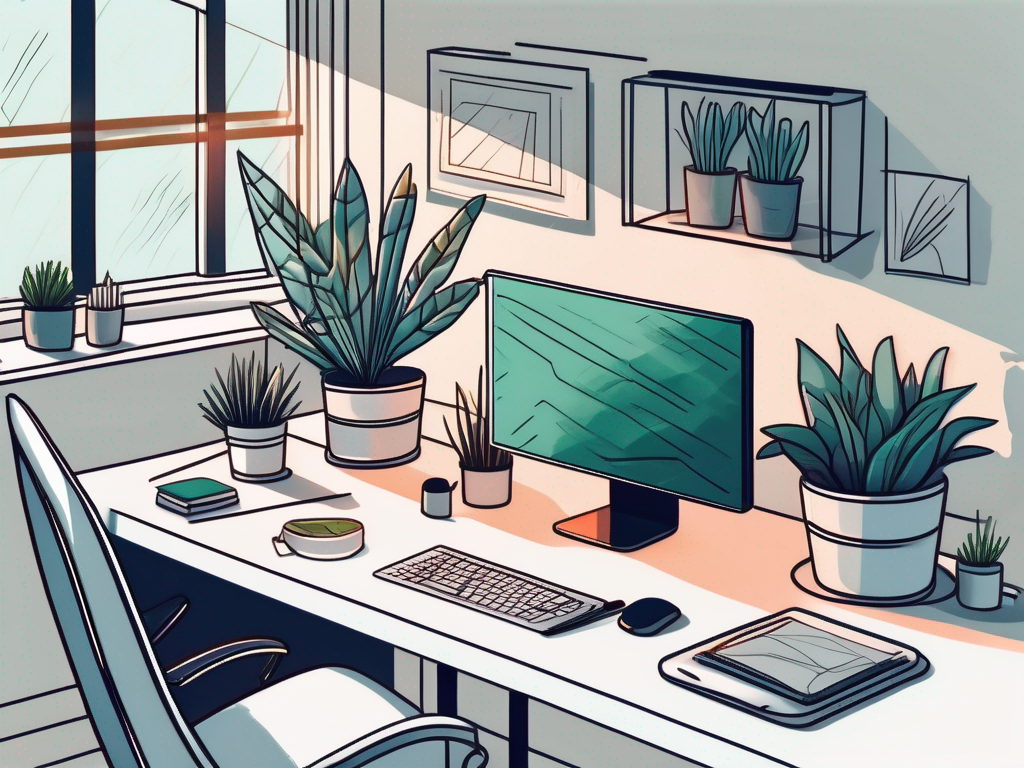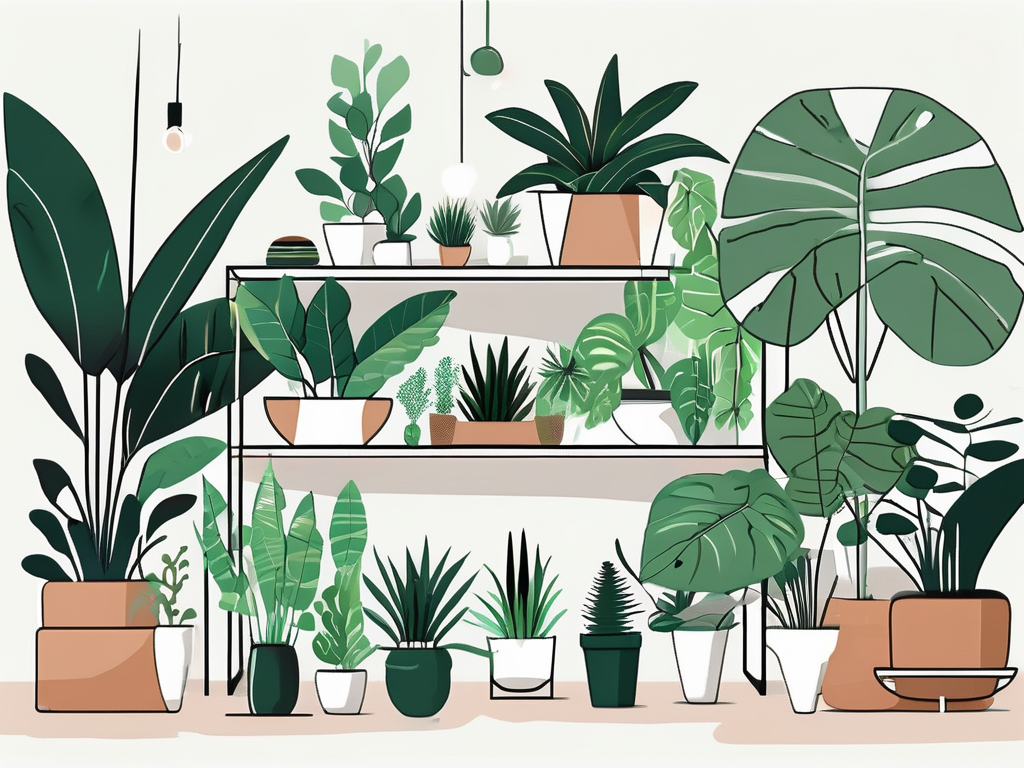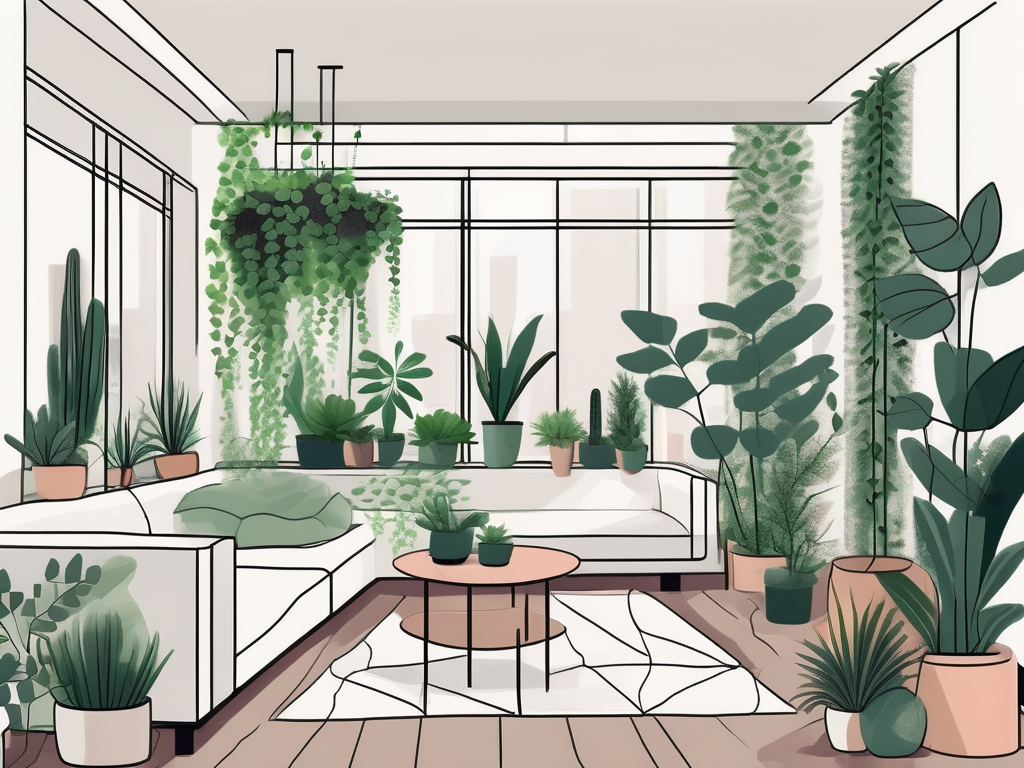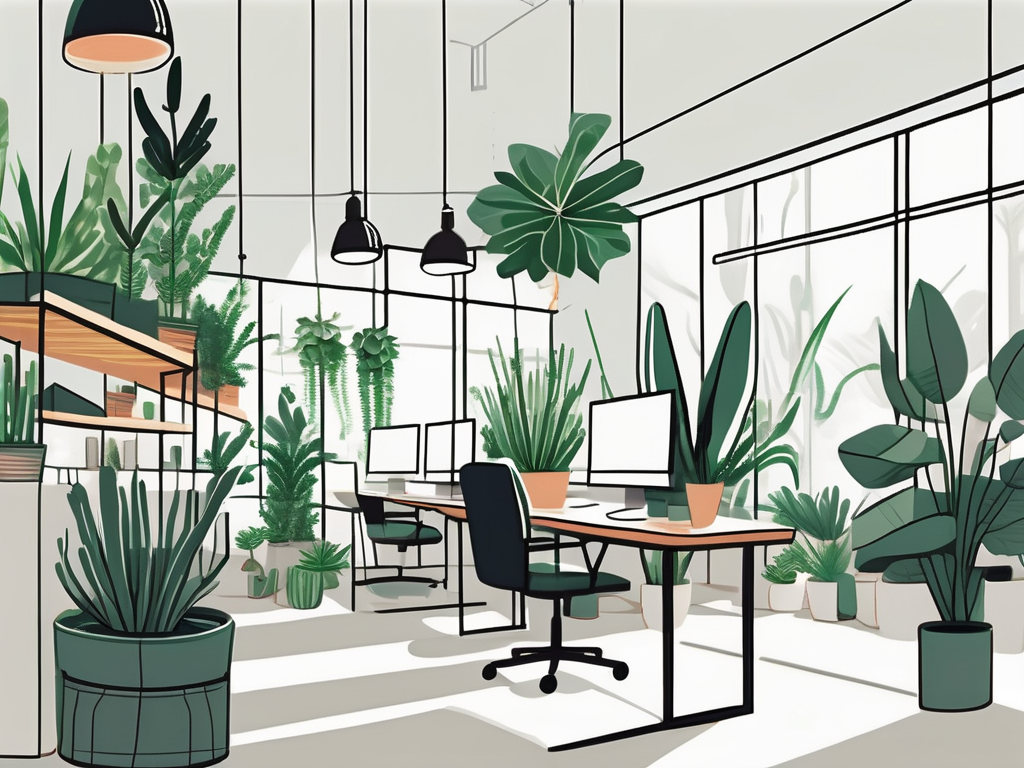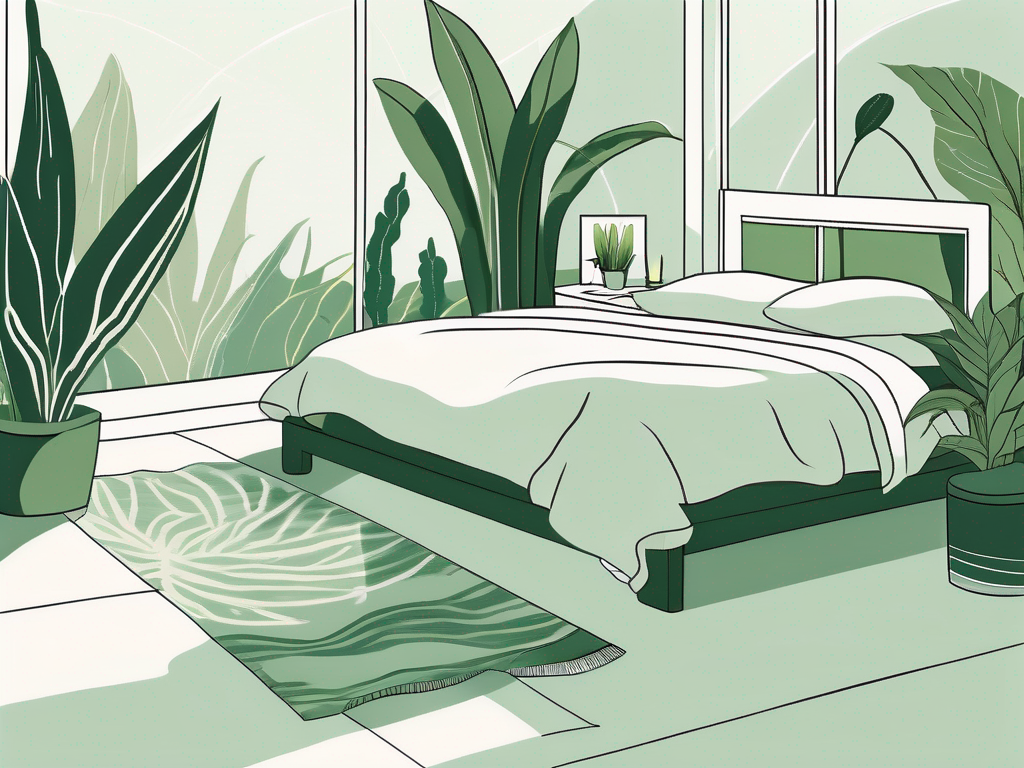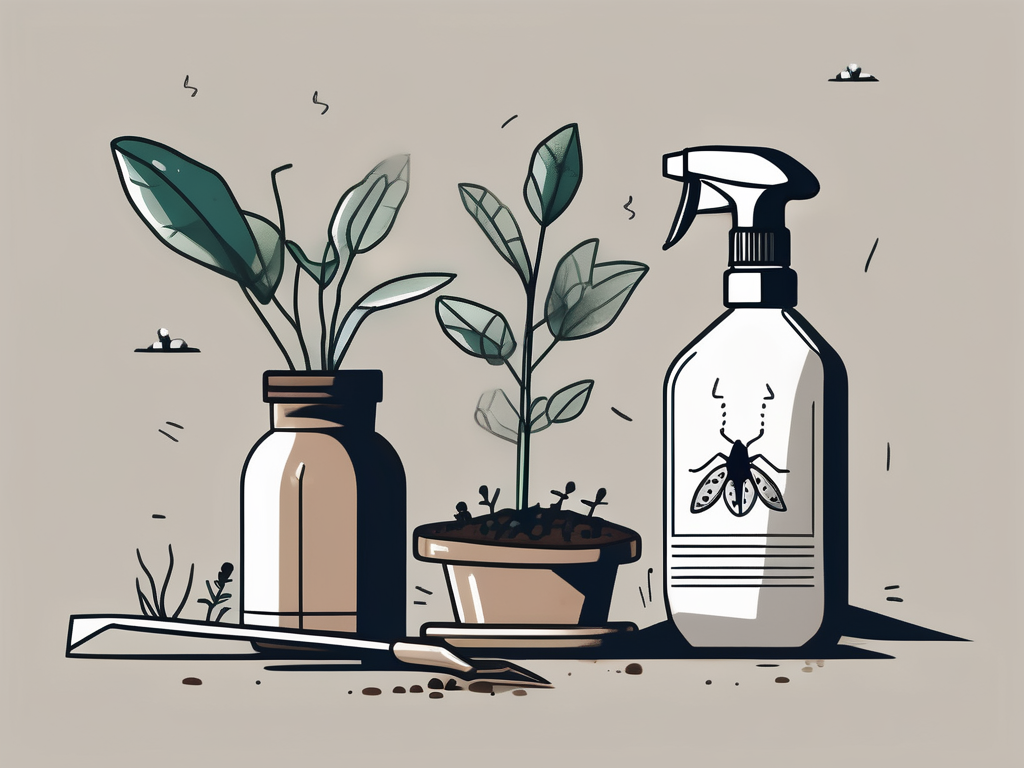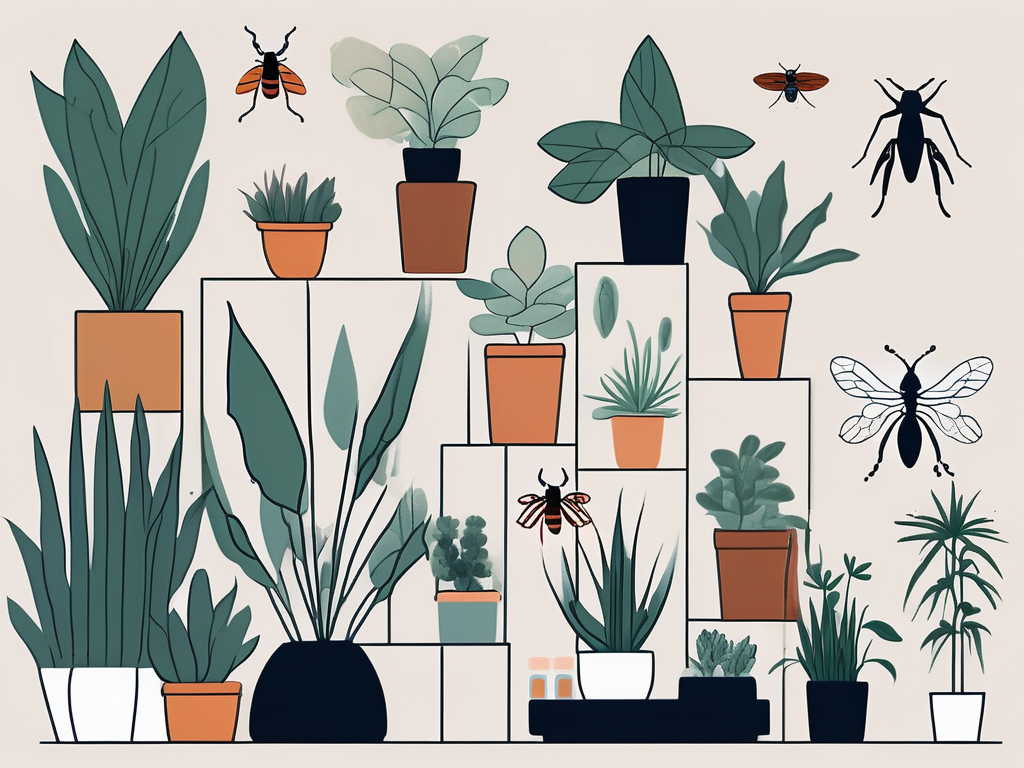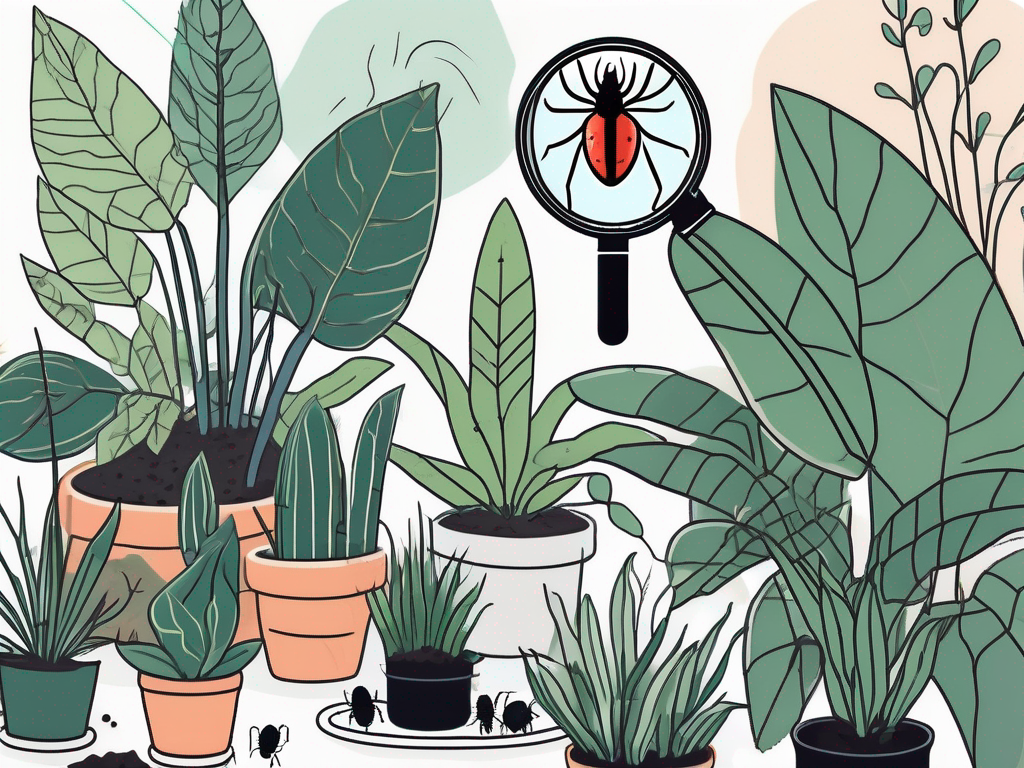
Houseplants can transform any space into a vibrant, welcoming environment. But along with the charm they add, they can sometimes come with tiny, unwanted guests. Yes, we're talking about bugs. These small creatures can wreak havoc not only on your plants but also on your peace of mind. Recognizing these pests and knowing how to deal with them is crucial for any plant lover.
In this article, we'll cover everything you need to know about identifying bugs in houseplant soil. From understanding the different types of bugs you might encounter, to learning how to prevent and treat infestations, we've got you covered. Let's get started on keeping your indoor garden thriving and bug-free.
Understanding Common Soil Bugs
Bugs in houseplant soil can be quite a nuisance, but not all of them are harmful. Some are simply annoying, while others can cause real damage to your plants. Let’s look at some of the usual suspects you might find lurking in the soil.
First up, we have fungus gnats. These small, black flies are probably the most common pests you'll see around your plants. They’re often mistaken for fruit flies but are generally less harmful. Fungus gnats lay their eggs in the soil, and their larvae feed on organic matter. While they typically don’t harm mature plants, they can damage seedlings and young roots.
Then there are soil mites. These tiny critters are usually white or brown and are often seen as a sign of healthy soil. They feed on decaying organic matter and rarely harm plants. However, in large numbers, they can become a nuisance.
Lastly, let’s not forget the notorious root aphids. These pests are more harmful as they suck sap from plant roots, potentially stunting growth or even killing your plant. They’re usually hidden beneath the soil, making them tricky to spot.
Spotting the Signs of Infestation
Identifying an infestation early can save your plants from unnecessary stress. So, what should you look out for?
Start by observing your plant’s health. If you notice yellowing leaves, stunted growth, or wilting despite adequate watering and light, it might be time to inspect the soil. Moreover, if you see tiny flying insects around your plant, it’s a strong indicator of fungus gnats.
- Check the soil surface: This is where you might see larvae or adult insects, especially after watering.
- Look for webbing: Some soil pests, like spider mites, may leave behind webs.
- Inspect the roots: If you suspect root aphids, gently remove the plant from its pot and check the roots for any unusual bumps or discoloration.
Regularly checking your plants can help you catch infestations before they get out of hand.
Preventing Bug Infestations
As the saying goes, prevention is better than cure. There are several steps you can take to minimize the risk of bugs infesting your houseplant soil.
Firstly, always start with healthy soil. Reputable brands often sterilize their potting mixes to reduce the risk of pests. If you're reusing soil, consider sterilizing it yourself by baking it in the oven at a low temperature for about 30 minutes.
Second, avoid overwatering your plants. Most soil pests thrive in moist environments, so letting the soil dry out between waterings can deter them. It’s also a good idea to use pots with drainage holes to prevent water from pooling at the bottom.
Additionally, keep your plants clean. Regularly wipe down leaves and remove any dead foliage or debris from the soil surface. This reduces the organic matter that pests feed on.
Natural Remedies for Bug Control
Sometimes, despite our best efforts, bugs find their way into our plants. When that happens, natural remedies can be an effective and eco-friendly solution.
Neem oil is a popular option. It’s a natural pesticide that disrupts the life cycle of many common pests. Simply mix with water according to the instructions and spray it onto the soil and plant leaves.
- Sticky traps: These are great for catching adult fungus gnats and other flying insects. Place them near your plants to reduce the pest population.
- Beneficial nematodes: These microscopic worms can be added to the soil to hunt down and kill pests like fungus gnat larvae.
- Diatomaceous earth: This natural powder can be sprinkled on the soil surface. It dehydrates and kills insects that come into contact with it.
These methods are safe for your plants and the environment, making them a great first line of defense.
When to Use Chemical Pesticides
Sometimes natural remedies just aren’t enough. In cases of severe infestations, chemical pesticides might be necessary. However, they should be used with caution.
Select a pesticide specifically designed for indoor use and safe for houseplants. Always read the label and follow the instructions carefully to avoid harming your plants or yourself.
It’s also wise to isolate the affected plant while treating it. This prevents the spread of pests to your other plants. After treatment, monitor the plant closely for any signs of improvement or further infestation.
Remember, chemical solutions should be a last resort, and it's always best to try natural methods first.
How to Repot a Plant to Remove Bugs
When bugs persist despite your best efforts, it might be time for a more drastic measure: repotting. Repotting helps remove infested soil and gives your plant a fresh start.
Begin by gently removing the plant from its pot. Shake off as much soil as possible, being careful not to damage the roots. Inspect the roots for any pests or damage, trimming away any unhealthy parts with clean scissors.
Next, prepare a new pot with fresh, sterile soil. Position the plant in the center and fill around it with soil, ensuring the roots are well-covered. Water the plant lightly to help settle the soil.
Repotting can be stressful for plants, so try to do this only when necessary. After repotting, give your plant some extra TLC to help it recover.
Creating a Bug-Free Indoor Environment
Creating an environment that's inhospitable to pests can go a long way in keeping your plants healthy. Here are a few tips to help you achieve this:
- Maintain good air circulation: Bugs thrive in stagnant air, so consider using a fan to keep air moving.
- Regularly clean your plants: Dust and debris can attract pests, so wipe down leaves and keep the area around your plants tidy.
- Inspect new plants: Before introducing a new plant to your home, check it for signs of pests to avoid spreading infestations.
By taking these proactive steps, you can create a more harmonious environment for both you and your plants.
Understanding the Role of Beneficial Insects
Not all insects are bad news. In fact, some can be incredibly beneficial for your plants. Understanding their role can help you make informed decisions about pest control.
Beneficial insects, like ladybugs and predatory mites, naturally prey on harmful pests. Introducing them to your indoor garden can reduce the need for pesticides. They’re especially useful in greenhouse settings, but can also be effective indoors if managed properly.
While it might seem counterintuitive to bring more bugs into your home, these tiny allies can balance your plant ecosystem. They often leave once their food source is exhausted, ensuring a natural cycle of pest control.
Final Thoughts
Dealing with bugs in houseplant soil can be a bit of a challenge, but with the right knowledge and tools, it's entirely manageable. From identifying pests to using natural remedies and understanding beneficial insects, there are plenty of ways to keep your plant family happy and healthy. Remember, a little vigilance goes a long way in maintaining a thriving indoor garden.
At Cafe Planta, we're passionate about helping you care for your plants. Whether you're looking for a new addition to your collection or need some advice, we've got you covered. Feel free to reach out via email or connect with us on Instagram. Let's grow together!

